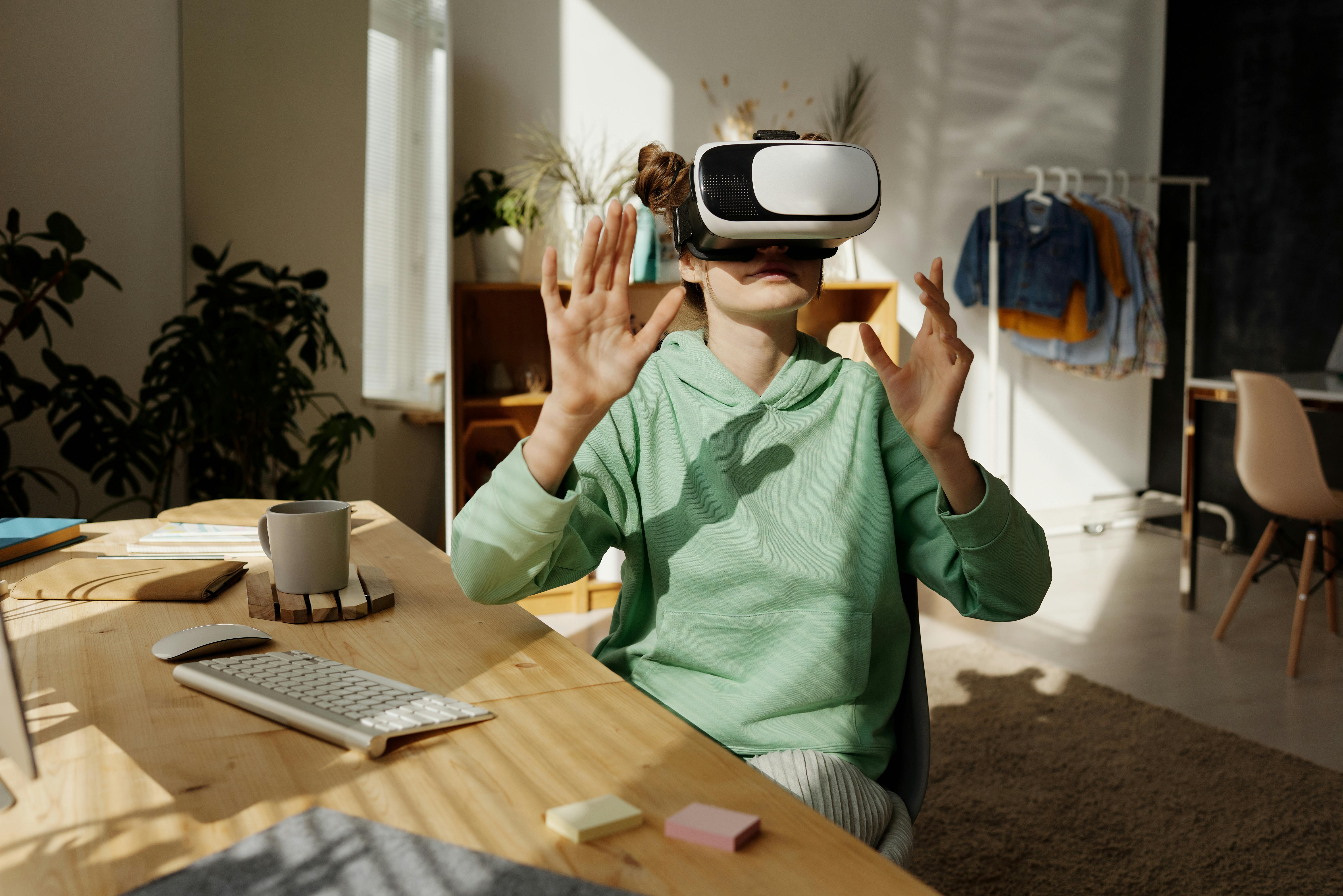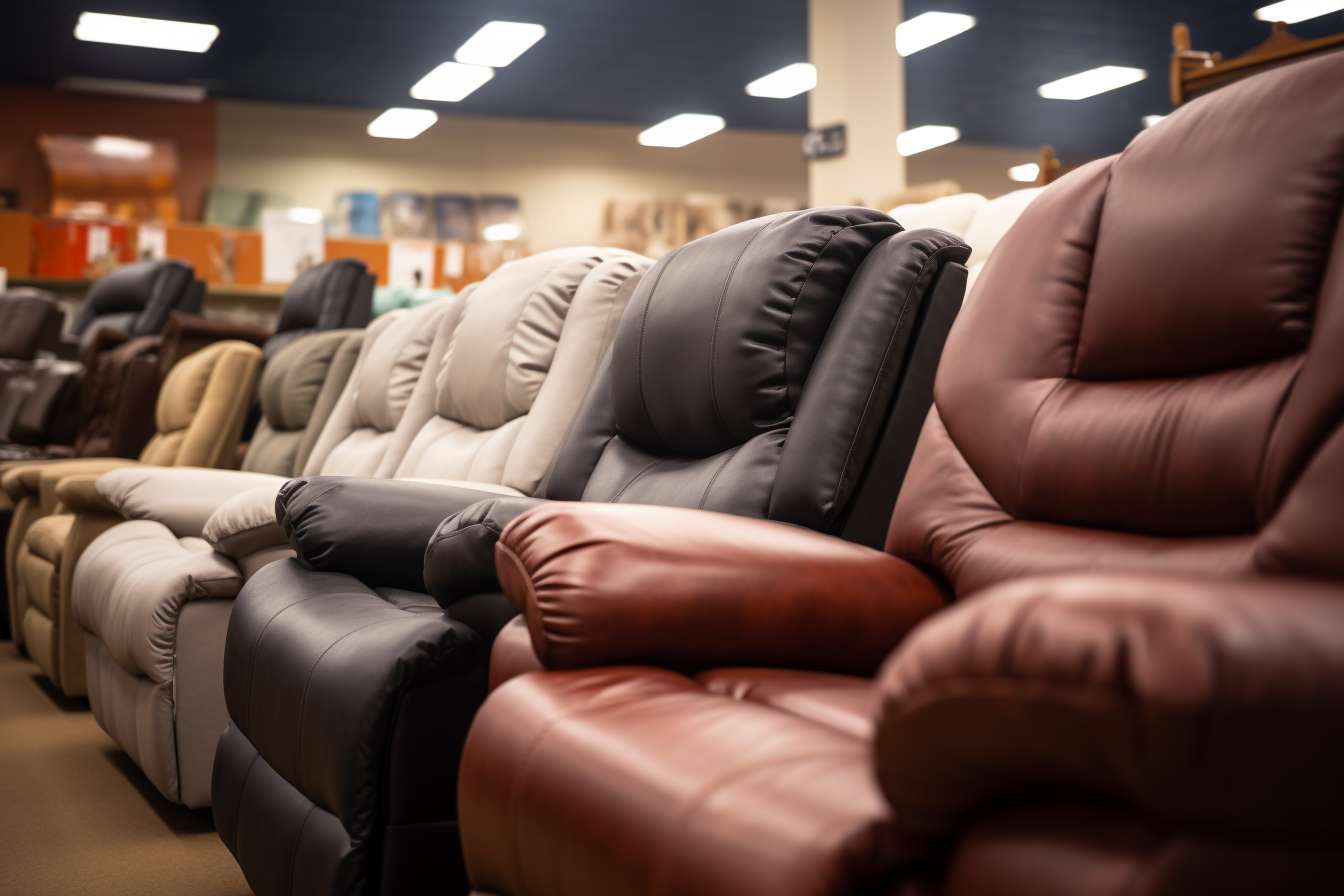Pioneering the Future: Virtual Reality in Performing Arts
The performing arts industry is on the cusp of a radical transformation, thanks to the rise of virtual reality (VR) technology. This immersive tool is being called the new frontier of artistic expression, with its potential to redefine the way audiences experience theatre, dance, and music. In this article, we delve into the background of VR in performing arts, explore its current developments, and discuss its significant impact and reception.

A Step Back in Time: The Conception of VR in Performing Arts
Virtual reality’s history in the performing arts is as intriguing as the technology itself. In the early 1990s, VR was first used as an innovative artistic tool by pioneering digital artists like Char Davies and Jeffrey Shaw. They exploited the potential of VR to create immersive, interactive environments that challenged traditional notions of space, time, and physicality in art.
However, it was not until the last decade that VR started making substantial inroads into mainstream performing arts. The rapid advancements in VR technology, coupled with its increasing affordability and accessibility, have made it a viable tool for artists and performers worldwide.
The Present Scenario: VR in Today’s Performing Arts World
In recent years, the use of VR in performing arts has grown exponentially. Today, it is being employed in a myriad of ways, from VR theatre productions and dance performances to immersive music concerts.
For instance, the Royal Shakespeare Company’s 2016 production of ‘The Tempest’ used VR to create a stunning, digitized version of Ariel, a central character. In the world of dance, choreographers are using VR to create immersive performances that transport audiences into surreal, virtual landscapes.
The Impact: Redefining Audience Experience
The most profound impact of VR in performing arts is its ability to redefine the audience’s experience. By its nature, VR is immersive, allowing audiences to feel as if they are part of the performance rather than passive observers. This can create a deeper emotional connection between the audience and the performance, making the art form more engaging and accessible.
In addition, VR also expands the realm of possibilities for artistic expression. With VR, artists can manipulate time, space, and even the laws of physics in their performances, creating experiences that were previously unimaginable.
Reception: Embracing the Future of Performing Arts
The reception of VR in performing arts has been overwhelmingly positive. Audiences are embracing this new form of artistic expression, fascinated by its ability to transport them into different worlds. Critics, too, acknowledge that VR represents an exciting new frontier for the arts, with its potential to revolutionize the way we experience performances.
Despite initial concerns about the technology’s potential to isolate audiences, most agree that VR can actually enhance the sense of community in performing arts. By creating shared virtual experiences, VR has the potential to bring audiences together in ways that were previously impossible.
Looking Ahead: The Future of VR in Performing Arts
The future of VR in performing arts looks promising. As the technology continues to evolve and become more accessible, its use in the industry is expected to grow. With the ongoing pandemic forcing many performing arts venues to close, VR could provide a lifeline, allowing performances to continue in the virtual world.
While much remains to be seen, one thing is clear - VR represents an exciting new chapter in the history of performing arts, one that promises to redefine the boundaries of artistic expression and audience experience. As we move forward, it will be fascinating to see how artists and performers exploit this technology’s potential, pushing the boundaries of what is possible in the performing arts.




